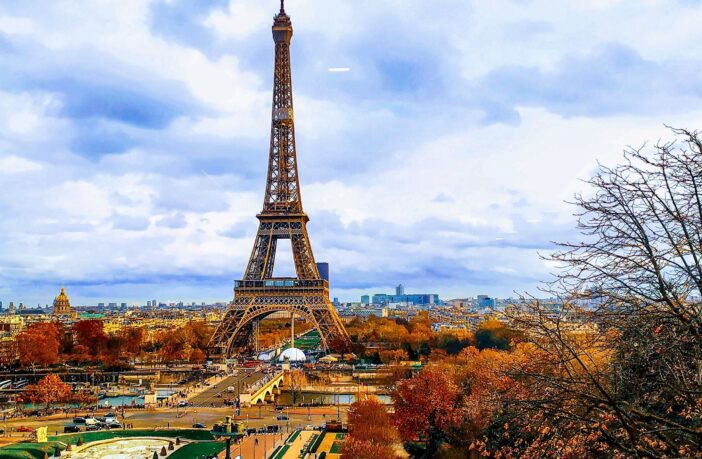The notion of a “15 minute city” was first introduced by Professor Carlos Moreno, scientific director of entrepreneurship and innovation at the Sorbonne in Paris. It is based on research that explored how to better organise the time of urban dwellers so as to optimise living conditions and the environment. Amenities and facilities required on a daily basis, such as schools, shops, medical centres, home and the work office, should be accessible within 15 minutes by foot or bike.
As countries and governments around the world attempt to “return to normal” with Coronavirus ever present, Professor Moreno suggests a future shift in the post-pandemic relationship between residents and the pace of life in their respective cities. Buildings could evolve to fulfil several different purposes, their various needs changing between the week and the weekend. Unnecessary journeys may become a thing of the past, decreasing the number of cars circulating in cities. Music to the ears of Anne Hidalgo, mayor of Paris, who chose Professor Moreno to act as special envoy on smart cities in 2015.
Paris is already a walkable city with an increasing number of bike lanes, and the number of cyclists has increased by 54% since 2019 (without factoring in the transport strike at the end of the year.) However, while the quarter hour configuration has sound ecological benefits and the potential to make city life more practical, one major drawback is the risk of long-term limitations. There was a glimpse of this during the lockdown in Paris as people were obliged to stay within a 1km radius of their home. Professor Murano is quick to reassure on this point, underlining that the 15 minute city has no intention of forcing people to adopt a village lifestyle: the main goal is to create a more efficient circulation / movement within cities.
If we look to the U.S., COVID-19 has had dramatic repercussions for city budgets: Tallahassee (Florida) reports a revenue loss of 23 million dollars and Houston (Texas) estimates that the financial devastation of COVID-19 will be worse than Hurricane Harvey in 2017. The country’s response to the health crisis is to make a sustainable recovery, especially in cities, as detailed in the recently-released Mayors Agenda for a Green and Just Recovery, which was delivered on 15 July by C40 cities. The creation of green jobs, investing in green spaces, better mass transit and yes, the idea of the 15 minute city.
An admirable and ambitious goal, which could ultimately prove complicated to put into place. What may work for Paris, and Europe as a whole, is not necessarily going to work in the U.S. For example, New York is already heavily segregated in regards to housing, education and work opportunities. It is a city that depends heavily on centralisation with different needs across different areas of the city, so there’s a strong possibility that social inequalities and tensions will only be exacerbated.
Ultimately there will always be issues when it comes to implementing sustainable goals, with challenges varying from country to country. The 15 minute city notion is sure to look different across the globe but what’s important to remember right now is this: cities have proved themselves to be incredibly flexible in responding to constantly evolving needs since the start of COVID-19. They are not rigid, they are capable of transformation, just hopefully for the greater good of both the people and the environment.
Photo by Treasure Udechukwu from Pexels




